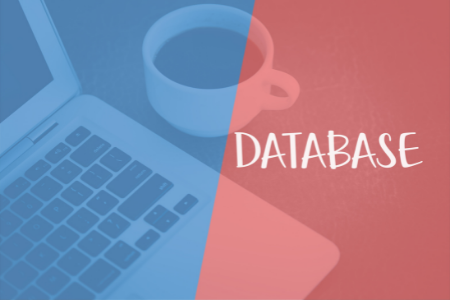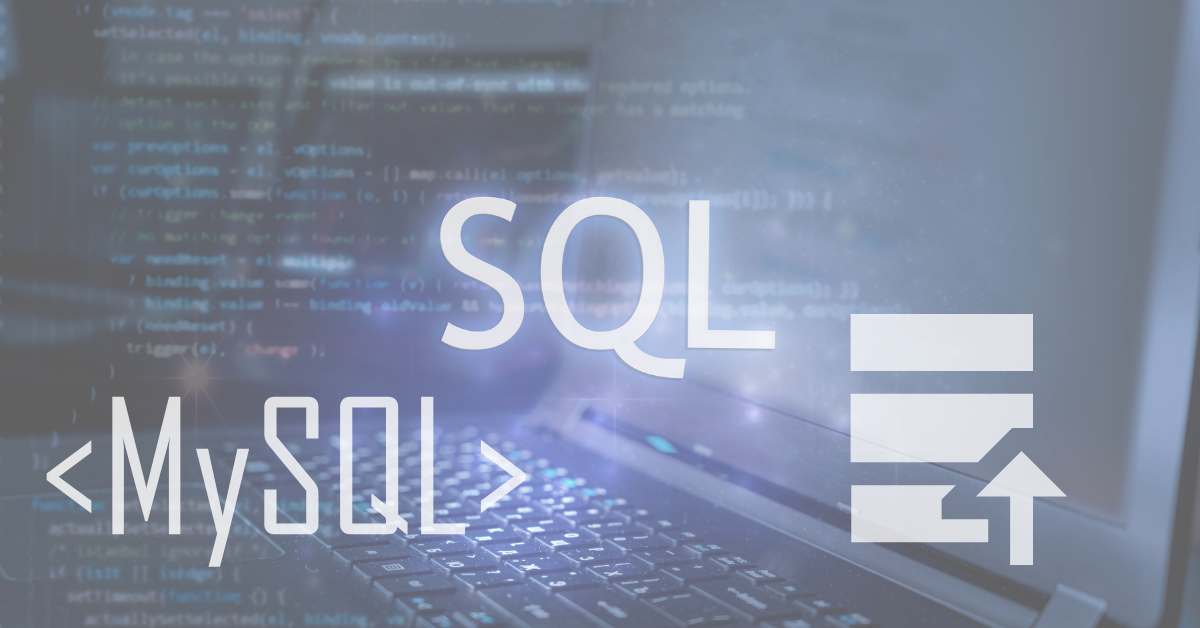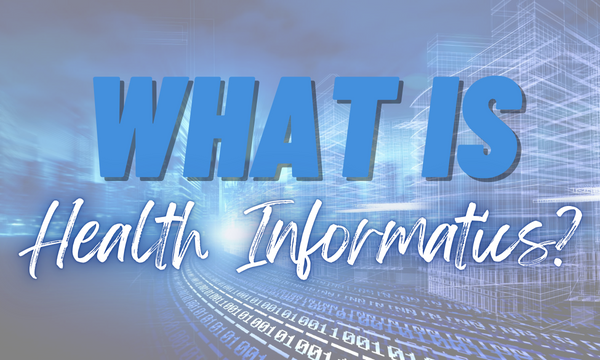What’s the Difference Between SQL and MySQL? The two words can cause a lot of confusion, but once you know what each of them does it’s easy to understand what the difference between SQL and MySQL is. In this article, we’re going to provide you with a brief history of databases , define SQL and MySQL, review the differences between the two terms and discuss how SQL is used for analyzing healthcare data. .
A Brief History of Database Systems

Storing information on a computer, or in short, data storage, is one of the core problems faced by programmers and engineers. In the world of web developers, this system of data storage is generally called Database System (or DBMS) created by IBM, in 1970.
The popularity of relational databases has greatly risen since its inception. This increase in popularity is attributed to several factors such as: the growth in use of the internet for commercial and personal purposes, the domination of software giants such as Facebook, Google and Amazon which use relational databases etc.

What is SQL?
SQL stands for Structured Query Language and is a programming language used to interact with databases. SQL makes it extremely easy to connect to tables in a database and manipulate the rows and columns. Because of this, it is known for being very flexible and powerful when it comes to data analysis.
If you are a healthcare IT professional or interested in working with data in this field, understand that there are several benefits to using SQL. It can save you time by speeding up data entry and help reduce errors by providing easy-to-use scripting language for inserting and extracting data from tables.
SQL is used for all sorts of tasks when building clinical databases and processing patients. From creating summaries and charts to analyzing data, the ability for users to work with this set of tools is key to making high-quality healthcare data analysis possible. It’s used in work from clinics and hospitals to large insurance companies and government agencies.
What is MySQL?
MySQL is an open source software solution for managing information in a relational database. As one of the most popular databases in the world, MySQL offers excellent scalability, performance, and affordability.
MySQL is used by many large healthcare organizations and startups to develop complex systems such as electronic health record (EHR) systems, vaccine registries, medication and pharmacy databases, and patient portals.
MySQL uses Structured Query Language (SQL) to query information in databases, create and drop databases and tables.
What’s the Difference Between SQL and MySQL?
It is important to note that MySQL and SQL are not the same. MySQL is an open source relational database management system, or RDBMS. In contrast, SQL is a language or syntax used to query and manipulate data in an SQL-based database.
MySQL stores data in tables where each table has columns representing the different types of data stored and rows representing records that are saved in the table.
Similar to many other relational database management systems (RDBMS), the primary function of MySQL is to store data and then allow users to access it through a series of queries written in Structured Query Language, or SQL.
MySQL and SQL are two different, but complementary ways of storing and accessing data.
Is SQL Used for Healthcare Analytics?
Healthcare organizations typically use SQL to import/export records from specialized medical equipment or patient chart databases into their application programming interfaces (APIs) or healthcare information management systems (HIMS) without requiring IT staff to manually input the information.
There are several different ways that SQL can be used for data analytics in healthcare.
Firstly, it is used to create reports and dashboard templates that allow the creation of analytics reports in one place. Users can then easily import these reports into their systems, either directly or via a system integration such as Salesforce.
Secondly, it can be used to create custom reports for individual patients or groups of patients, based on input from any medical professionals present during the visit.
Finally, it can also be used to create searches across large databases (such as COVID) and produce reports that allow actionable insights within specified time frames.
The goal of healthcare analytics is to gain insight into how the healthcare system works by effectively communicating information between healthcare professionals and patients.
This typically includes gathering information such as demographics, behavior, and medical conditions so that specific solutions can be implemented or existing problems solved.
In addition to enabling enhanced communication within healthcare organizations, SQL can also be used to gather statistical information from large numbers of sources and make sure it’s all coming together in useful ways.
Here’s a few examples of how SQL is used in Healthcare to improve health outcomes and drive medical decision making.
- Patient tracking
- Data acquisition
- Healthcare analytic data warehouse
- Clinical data analytics
- Risk Analytics
- Healthcare executive dashboards
- Payer Analytics
- Clinical decision support system
- Patient safety and risk analytics
Conclusion
SQL and MySQL are two very different things but understanding the difference between SQL and MySQL is an excellent way to understand the unique capabilities of each of these database technologies that help drive the patients’ medical decisions. SQL and MySQL improve health outcomes through analytics and by fostering effective communication of critical patient information between healthcare professionals and patients, at the point of care.





Recent Comments